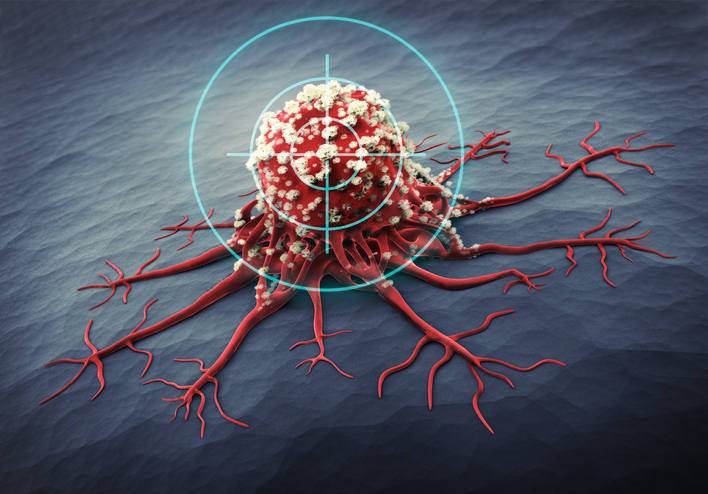Pain
Conventional Treatments for Cancer Pain

9 people found this helpful
Print
Share
Save
Several conventional treatment options, including medications, surgical procedures, and physical therapy, are available to help relieve pain during cancer treatment. Individuals should work with their doctor to determine the best treatment or combination of treatments to reduce or eliminate cancer pain.
Medications
A variety of medications are used to treat cancer pain. The most beneficial medication or combination of medications to treat cancer pain is highly individualized and depends on the severity and type of pain.
- Over-the-counter pain relievers
For mild to moderate pain, acetaminophen, aspirin or ibuprofen can be used to relieve pain. - Opioid medications
Prescription medications that work on opioid receptors in the brain may be necessary to control moderate to severe pain. Examples include morphine, fentanyl and oxycodone. Opioids are either short-acting or long-acting. A combination of both may provide maximum pain relief. - Antidepressants
Even if depression is not an issue, antidepressants may help relieve pain. This is especially true for tingling or burning types of pain. Examples of antidepressants prescribed for pain relief include amitriptyline and duloxetine. - Anticonvulsants
Anti-seizure medications can also be prescribed to treat pain, even if seizures are not an issue. They are most commonly used to treat pain related to nerve damage. Examples include gabapentin and carbamazepine. - Corticosteroids
Corticosteroids may be used to reduce swelling, which, in turn, lessens pain levels.
Other treatments
Several other conventional treatments can also be used to reduce cancer pain:
- Nerve block
A nerve block can help with regional pain. During this procedure, anesthetic medication is injected near or directly into a nerve or bundle of nerves. A nerve block interrupts pain signals traveling along the nerve(s) to the brain. - Stimulator
A stimulator can also help regional pain. During this procedure, a small electrode is placed on a peripheral nerve, the spinal cord, or the brain. An electrical current is passed through the electrode, which confuses and interrupts pain signals. - Pain pumps
If pain cannot be managed by oral medications, a pain pump may be recommended. A pain pump delivers pain medication directly into the spinal fluid via a catheter. - Ablative procedures
If pain is severe and cannot be controlled using other methods, nerve, spinal cord or brain tissue may be intentionally destroyed or removed to relieve pain. - Physical therapy and rehabilitation
Physical therapy and rehabilitation are especially useful when pain is related to movement or causes problems with movement.










